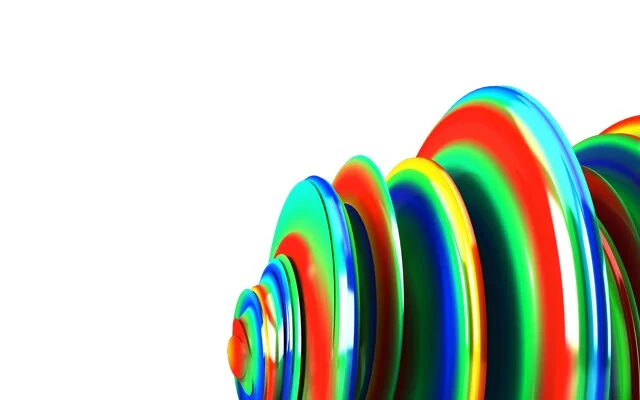This page is not compatible with Internet Explorer.
For security reasons, we recommend that you use an up-to-date browser, such as Microsoft Edge, Google Chrome, Safari, or Mozilla Firefox.
What's New in VGinLINE
Discover the Exciting New Capabilities of Version 2023.2 (as of June 2023)
Version 2023.2 of VGinLINE is now available for download. Benefit from the following innovative features*:
Feature Highlights
Enhanced "Split ROI" Function
Enhanced "Split ROI" Function
Specify how many of the largest components—or up to which size isolated components in the ROI—should be split into new ROIs. There are also new options for cleaning the ROI before splitting it.
As a plus, it is possible to directly dilate the resulting ROIs and decide whether they should automatically be extracted into a new volume. You can choose to number the ROIs either by their position in the scene coordinate system or by volume.
The enhanced "Split ROI" function grants you more control over the process and eliminates the need to perform common post-processing steps separately.
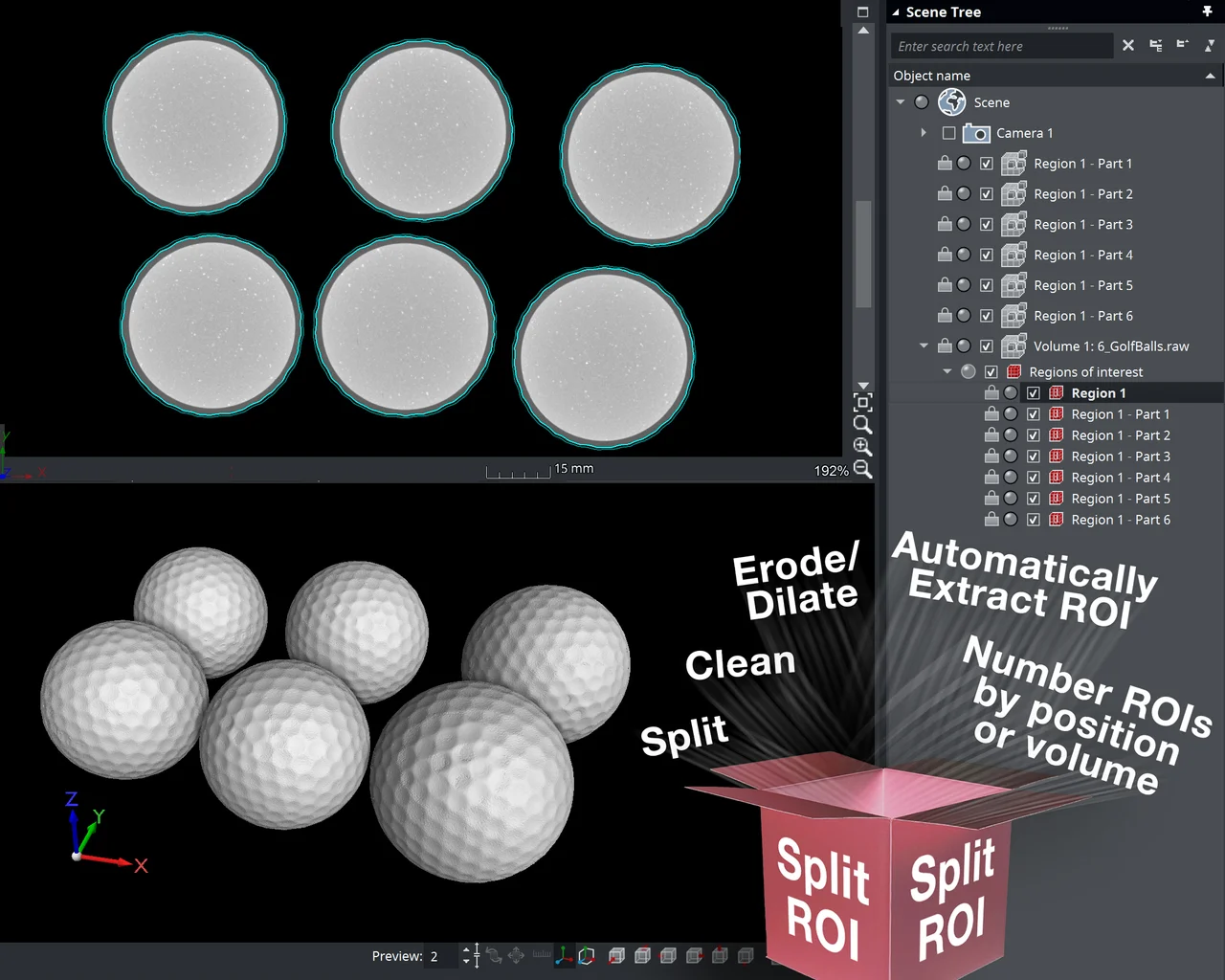

New Annotations for Battery Analysis
Battery analyses now have the option for annotations. See all essential result properties at a glance, directly in the workspace views.
Include 3D Results in Reports
Include 3D Results in Reports
Create more comprehensive, information-rich reports by adding interactive 3D representations of your results. Providing additional context to existing numerical and image results eliminates the need to switch back and forth between your project and the report, making for a more streamlined report viewing experience.
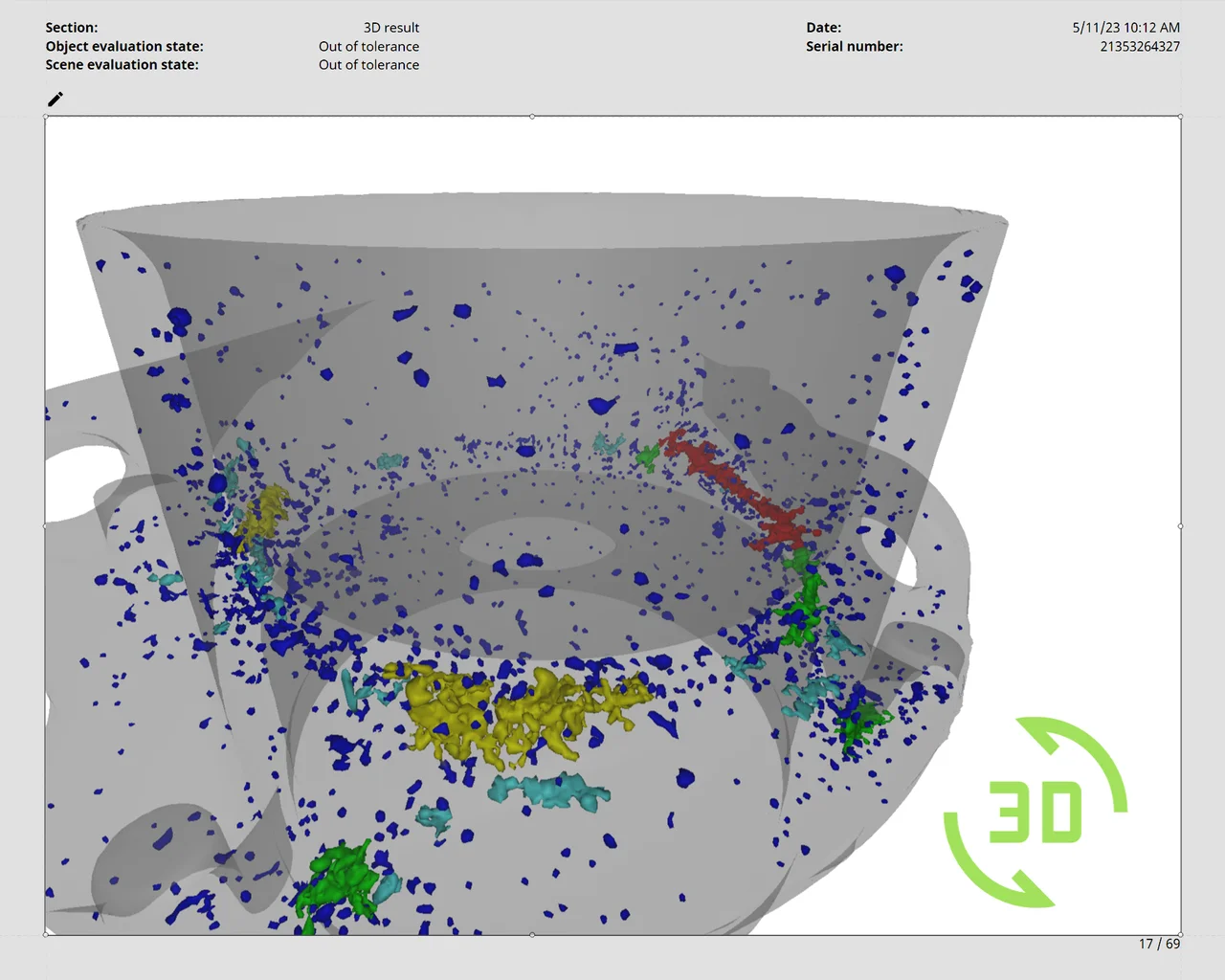
More Exciting New Features
Segmentation
New "Clean ROI" Function
Edit an ROI that includes voids and isolated parts by specifying how many of the largest components you want to keep and up to which size isolated components in the ROI should be removed.
Similarly, for voids, you can specify up to which size they should be kept or whether all voids should be removed or filled.

Faster Paint & Segment Performance
A Paint & Segment model can be applied to ROIs much faster—in some cases 1000x!—which makes it suitable for inline applications.
“Paint” large data sets with more speed and less working memory.
Porosity/Inclusion Analysis

New Inclusion Mode for VGEasyPore
VGEasyPore can now detect inclusions! This is useful for data sets that can’t make optimal use of the "Only threshold" algorithm—such as in cases of beam hardening artifacts (or cupping)—or for when VGDefX does not perform within a given timeframe.
Ribbon User Interface
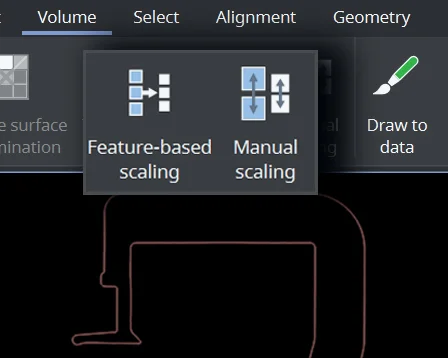
Bringing Scaling Functions to the Ribbon
The function for scaling volumes via resolution adjustment is moving to the volume ribbon. This puts all related scaling functions in one place.
Coordinate Measurement
Custom Datum Axis Labels for All Geometric Tolerances
Now you can customize axis labels and directions for datum systems and use them for all geometric tolerances that use datums, as opposed to than just position and profile tolerances.
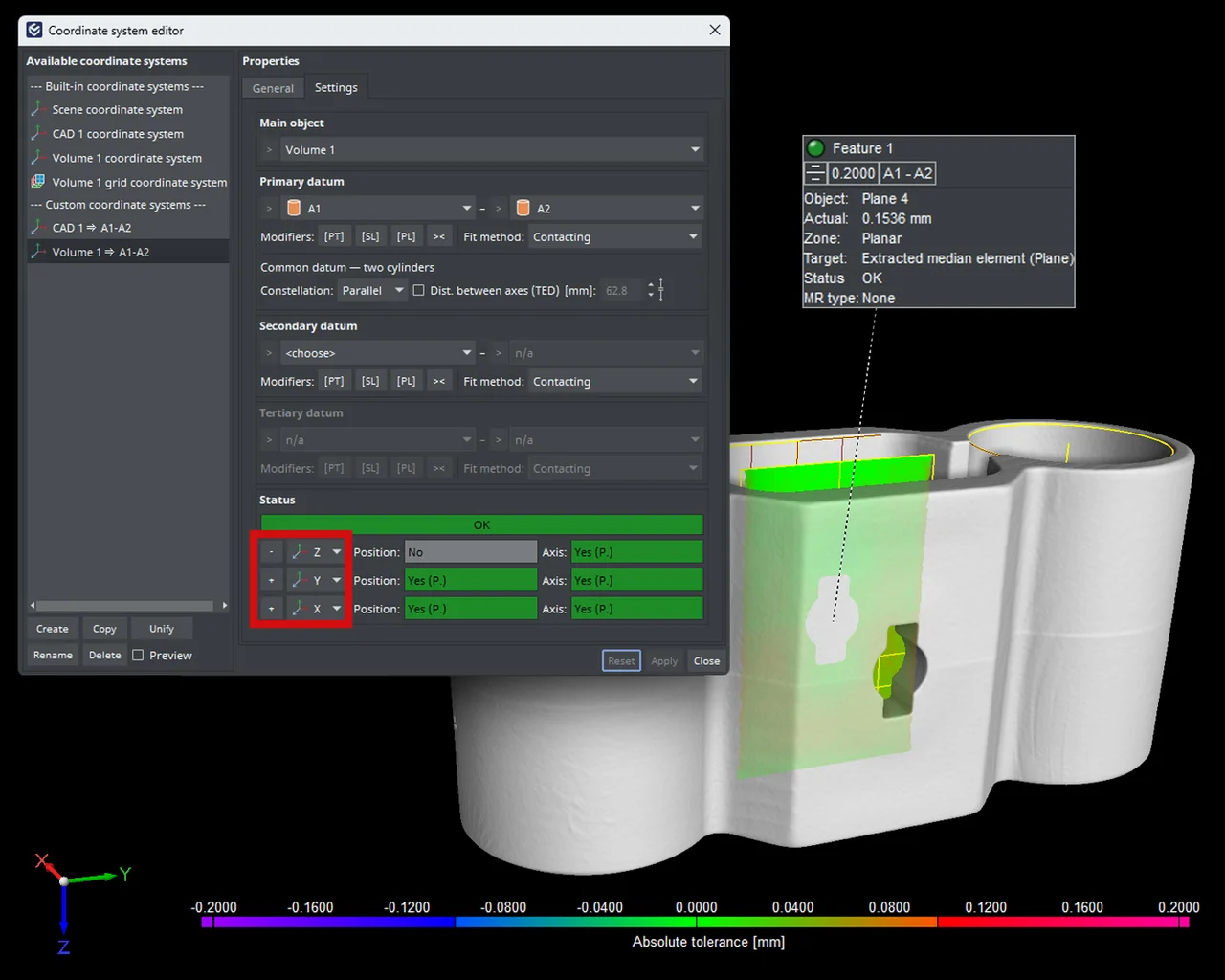
Merge and Unify Alignment Systems
Now all types of alignment systems found on both source and target objects are automatically merged during CM import to avoid creating duplicates, which had previously only been possible with 3-2-1 and datum systems.
Merging alignment systems is particularly useful for when you want to import or copy a CM template, or create a CM pattern that includes alignment systems.
For projects already containing duplicate alignment systems, you can now unify them in the coordinate system editor, which has been improved to work with all types of alignment systems as well.
File I/O
Updated Advanced CAD Formats
If you want to import native CAD files from the most recent CAD software, advanced CAD import now supports formats up to CATIA V5_6R2023, JT 10.6, NX 2212, and SolidWorks 2023.
*Depending on the platform, there are differences in the range of functions for different operating systems. See our continuously updated Product Information page for details.
Volume Graphics GmbH
Speyerer Straße 4-6
69115 Heidelberg
Germany
Phone: +49 6221 73920 60
Fax: +49 6221 73920 88
Sales enquiries:
sales@volumegraphics.com
Modifications and errors reserved.
